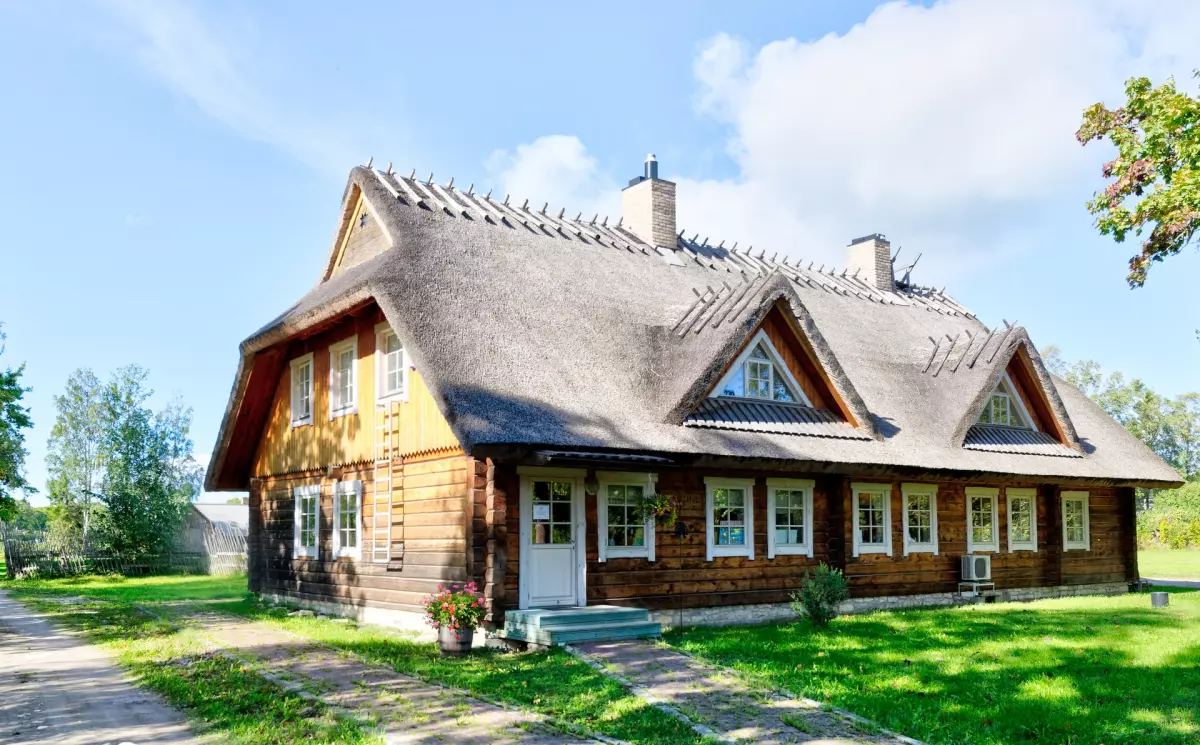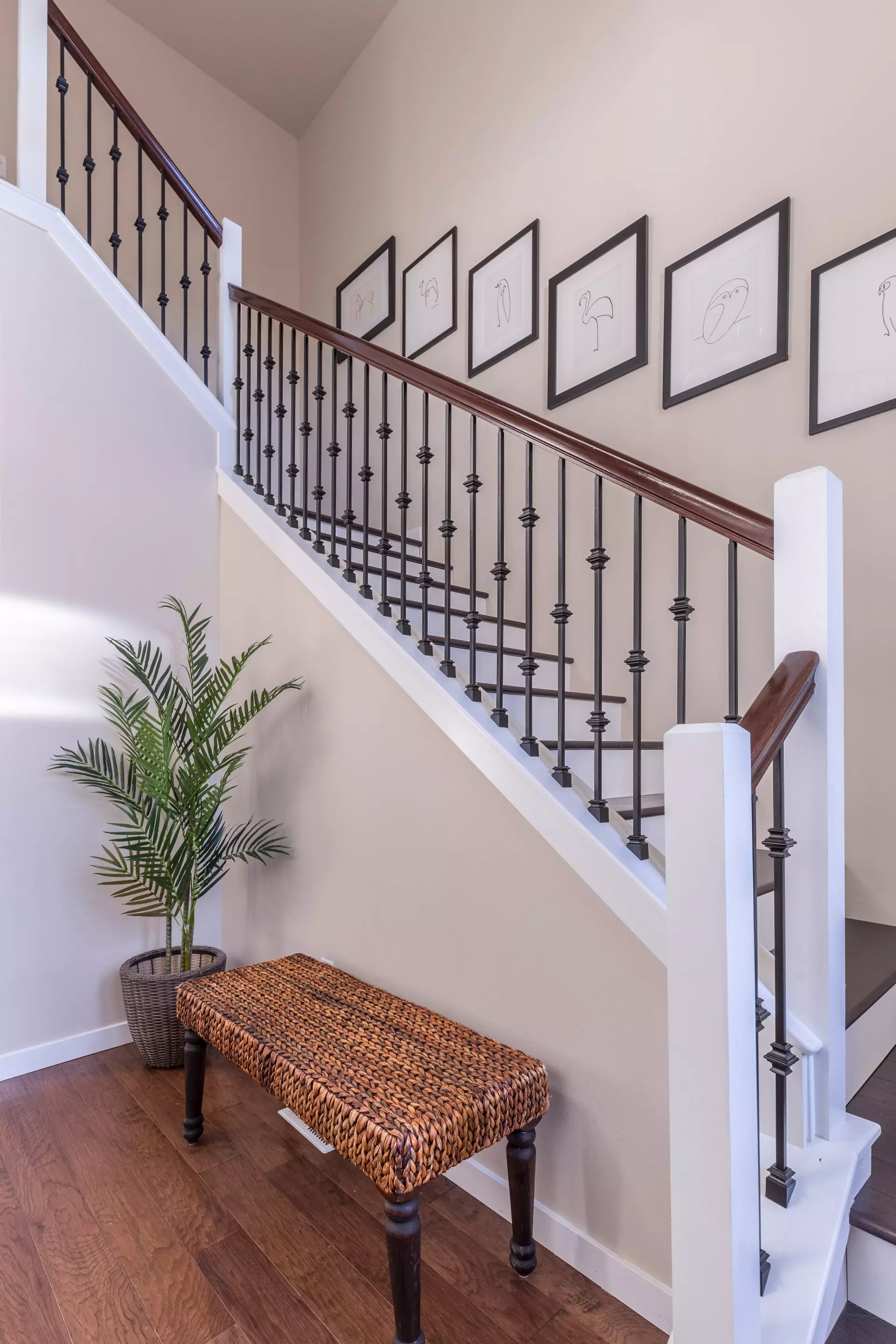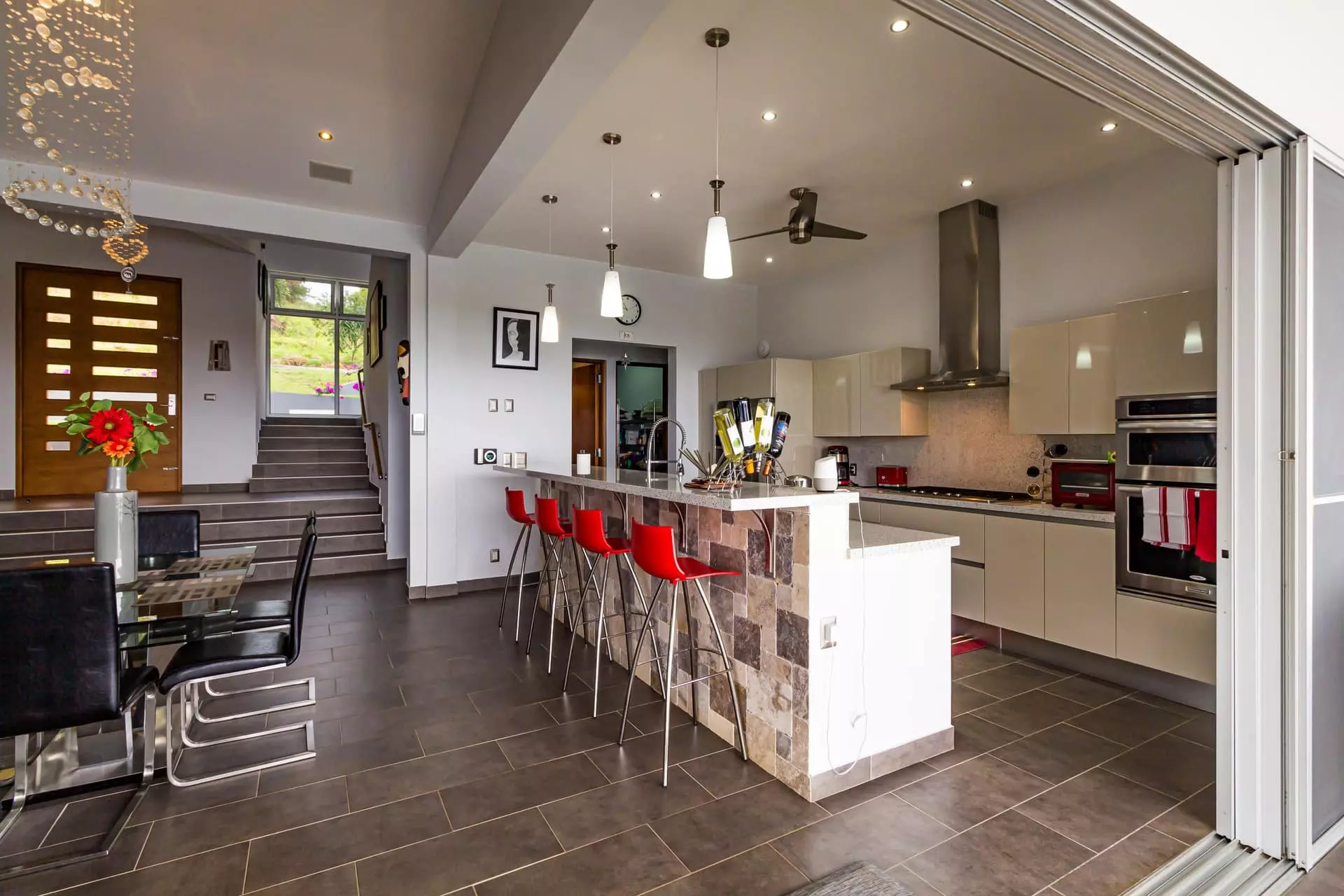Real estate photography is a lucrative niche that can elevate your career as a photographer. With the booming housing market, there is a constant demand for high-quality images to help sell or rent properties. To excel in this field and exceed client expectations, here are some valuable tips to enhance your real estate photography skills.
The Ultimate Gear for Real Estate Photography
Photographers specializing in real estate invest in essential gear to capture impressive shots. Before embarking on a real estate shoot, consider these gear tips:
Go for a DSLR Camera with a Wide Angle Lens
A full-sensor DSLR camera allows you to shoot manually, providing quick responsiveness and a clear view of your shots. Its versatility also comes in handy during post-processing. Additionally, a wide-angle lens is indispensable for capturing images in tight spaces and making rooms appear more spacious.
Use a Tripod
A tripod provides stability and consistent height throughout the shoot, ensuring clean and focused images. It is particularly useful for long exposure shots of the property's exterior, creating stunning visuals that real estate agents love.
Invest in a Flash
A flash compensates for low light settings, guaranteeing bright and clean photos. Opt for a flash with a built-in receiver or invest in a flash trigger for convenient wireless triggering.
Buy a Remote Trigger for Your Camera
To avoid camera shake and image blur, especially when using a low shutter speed, use a remote trigger to operate your camera touch-free.
Get a Drone for Aerial Images
Consider investing in a drone for capturing captivating aerial shots of properties. Aerial photography gives potential buyers a comprehensive view of the property and its surroundings, making it an invaluable tool for real estate agents. Although drones can be costly, it's a worthwhile investment once your business is established.
 Image: House under blue skies
Image: House under blue skies
Mastering Real Estate Photography Techniques
After acquiring the necessary gear, it's time to focus on refining your shooting skills. Follow these tips to capture stunning real estate images:
Schedule the Shoot for Late Day
Timing and weather play vital roles in real estate photography. Avoid shooting too early in the day or after sunset, as it can result in poor lighting. Instead, schedule the shoot during the day when the sun sits behind the house, providing ample natural light. Shooting during the golden hour, right before sunset, can produce breathtaking photos.
Do a Walk-Through Before Shooting
Take time to explore the property before the shoot, familiarizing yourself with each room's layout and the property's styling. Note any challenging areas and strategize on the best angles and lighting to showcase them effectively.
Create a Shot List
Prepare a shot list to ensure you capture all essential aspects of the property. Include two wide-angle shots of bedrooms, the kitchen, and the living room. Take one photo of the bathrooms and additional shots of features like the laundry room, garage, pantry, walk-in closets, backyard, and the front of the house to highlight its curb appeal. If you have a drone, consider including aerial shots in your shot list.
 Image: Shot of the staircase in a home
Image: Shot of the staircase in a home
Make the Rooms Bright and Well-Lit
Ensure the rooms are well-lit by opening windows and using natural light. Adjust the lighting by turning on or off certain lights, using both natural light and flash to create a warm and inviting atmosphere. Consistent lighting throughout all the rooms is crucial for professional-looking images.
Showcase the Best Features of Each Room
Identify the selling points of each room or area and focus on capturing those details. Whether it's a large window, built-in bookshelves, or unique architectural elements, highlight the features that make the property exceptional.
Shoot from a Variety of Angles
Avoid relying on a single angle or composition. Experiment with different perspectives to provide variety and capture the property's essence. Shoot from doorways, at different heights and angles, ensuring your camera is straight and stable to avoid distortion.
Be Adaptable and Flexible
Adaptability is key in real estate photography. Be prepared to adjust your shooting plans based on unforeseen circumstances such as weather changes. Embrace the challenge of photographing challenging spaces and strive to present them in the best light possible.
Always Edit Your Photos
Post-processing is an essential part of real estate photography. Editing software like Adobe Photoshop or Lightroom allows you to correct any distortions caused by wide-angle lenses and ensure consistency in lighting throughout the images. Take advantage of free presets available to enhance the contrast, sharpness, vibrance, and overall quality of the photos.
 Image: Kitchen interior
Image: Kitchen interior
Pricing Your Real Estate Photography
Pricing can be a challenging aspect, especially for beginners. Here are some tips to help you determine fair and accurate rates for your real estate photography services:
Factor in Your Services, Gear, and Time
Consider all aspects involved in the project, including your services, gear, time spent on the project, photo editing, and additional expenses. Whether you opt for a flat rate or an hourly rate, ensure it covers your costs and allows for sustainable growth.
Set Your Rates Based on the Property Type
Tailor your rates based on the different types of properties you shoot. Take into account the size and complexity of each project to determine a fair price.
Base Your Rates on the Time of Day
Different shooting times, such as golden hour shoots that require more gear and editing time, may warrant higher rates. Offer clients various options and let them decide how much they are willing to invest.
Charge More for High-End Listings
For high-end listings, where more effort and attention to detail are required, adjust your rates accordingly. Reflect the exclusivity and quality of the property through your pricing.
Increase Your Rates for Drone Photography and Video
Drone photography and video add substantial value to real estate projects. Consider charging a premium for these specialized services to reflect the additional skills and equipment needed.
Sign a Contract Before Shooting
Protect yourself and your clients by having a signed agreement in place. A simple contract outlining the terms and conditions of the project will prevent any misunderstandings and ensure prompt payment.
Building Your Real Estate Photography Portfolio
To attract clients and showcase your work effectively, create an online portfolio dedicated to your real estate photography. Direct potential clients to your portfolio, allowing them to see your expertise and book more projects.
Now armed with these tips, you can take your real estate photography to new heights. Start applying these techniques and watch your portfolio grow as you capture stunning images that impress clients and exceed industry standards.











